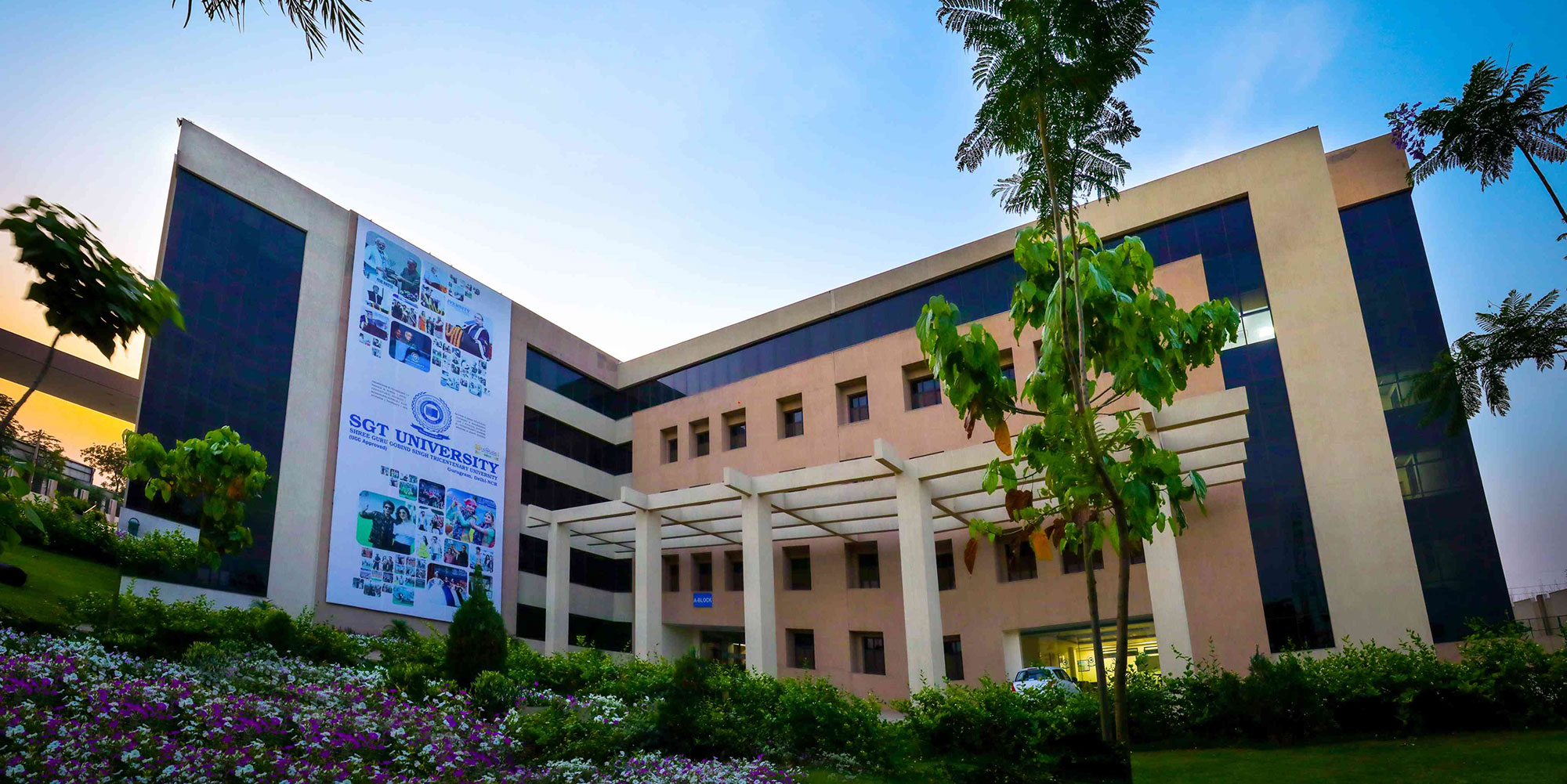The COVID-19 caused havoc all over the country and disrupted the life of the people in many ways but the most visible effect is the plight of migrants. The lockdown imposed to contain the coronavirus has made the migrants return to their home state. Due to this, the second largest mass migration after the partition has witnessed by India. The closure of the economy leads to an uncertain future in front of the migrants. To secure the livelihood of the migrants, there are something concrete needs to be done otherwise this reverse migration will gradually hamper the economy also.
India has seen intra-state migration for various reasons including better employment opportunities, better wages, marriage, better education opportunities, better living standards, etc. The general trend that follows in the case of migration in India is majorly from rural to urban. As per Census 2011, 54 million people were migrants across the states, and out of those 38 million people were headed towards urban areas. The rural to urban migration has been a major part of migration flow in India. The rural to urban migration accounts for 62% of intra-state migration in India. Work/employment opportunity is the biggest reason for migration with 33% of people migrates for this reason in intra-state rural to urban migration. Out of 79 million rural to urban migrants in India, 50 million migrants which constitute 64% were marginal workers or non-workers. The majority of migrants in cities or towns were engaged in informal sectors – such as on a contractual basis in construction sites or factories – having hardly any access to benefits or social security.
In the scenario of nation-wide lockdown, the lack of social security or fear of losing the source of livelihood and shelter has compelled the migrants to return their homes. According to the World Bank report on migration in the COVID-19 crisis, more than 40 million people were affected by the lockdown and over 50,000-60,000 people returned to rural areas from urban centres in just a few days. However, the future is not certain for those who returned to their home in rural areas. The mass return of migrants to rural areas increased the supply of laborers in the rural economy. This excessive supply of labourer in agriculture increases the disguised unemployment which would further decrease agricultural productivity. The reverse migration also increases the demand for work under MGNREGA which would create pressure on the scheme. However, the government increased assistance to migrants through the MGNREGA scheme but it is not enough. The excessive dependence on agriculture and the lack of diversified sources of income overburdened the rural economy. The reverse migration also creates a shortage of labour supply for industries in urban centres such as the construction industry which employed most of the migrants. However, as the economy is reopening again, many migrants may return to urban centres to sustain their livelihood but it is vague to say that this fills the vacuum of the labour shortage.
Though reverse migration creates chaos, it also provides an opportunity to revive the rural economy. There is a need for investing and developing labor-intensive sectors such as livestock, fisheries, and food processing sector so that it can absorb the excessive labour supply and productively contribute to the economy. The rural economy often deals with poor infrastructure, we can use labour to improvise the infrastructure in both farm and non-farm activities. We need to create more and diverse opportunities in rural areas otherwise this mass reverse migration could lead to more poverty and inequality.


